Recently we saw the first ever Sotol Week in New York City. Let’s take a look at why now, how it went, and the current and projected market for the spirit.
Excitement was high as the crowd fit tightly into the second floor event space of the Mexican consulate in midtown, New York City. We were gathered there to watch a distillation demonstration on a mini copper still brought all the way from Chihuahua just for this. As people snapped pictures of the spirit freshly dripping from the still, there were congratulations and cheers from the crowd, which included both newcomers to the agave scene and many familiar faces.
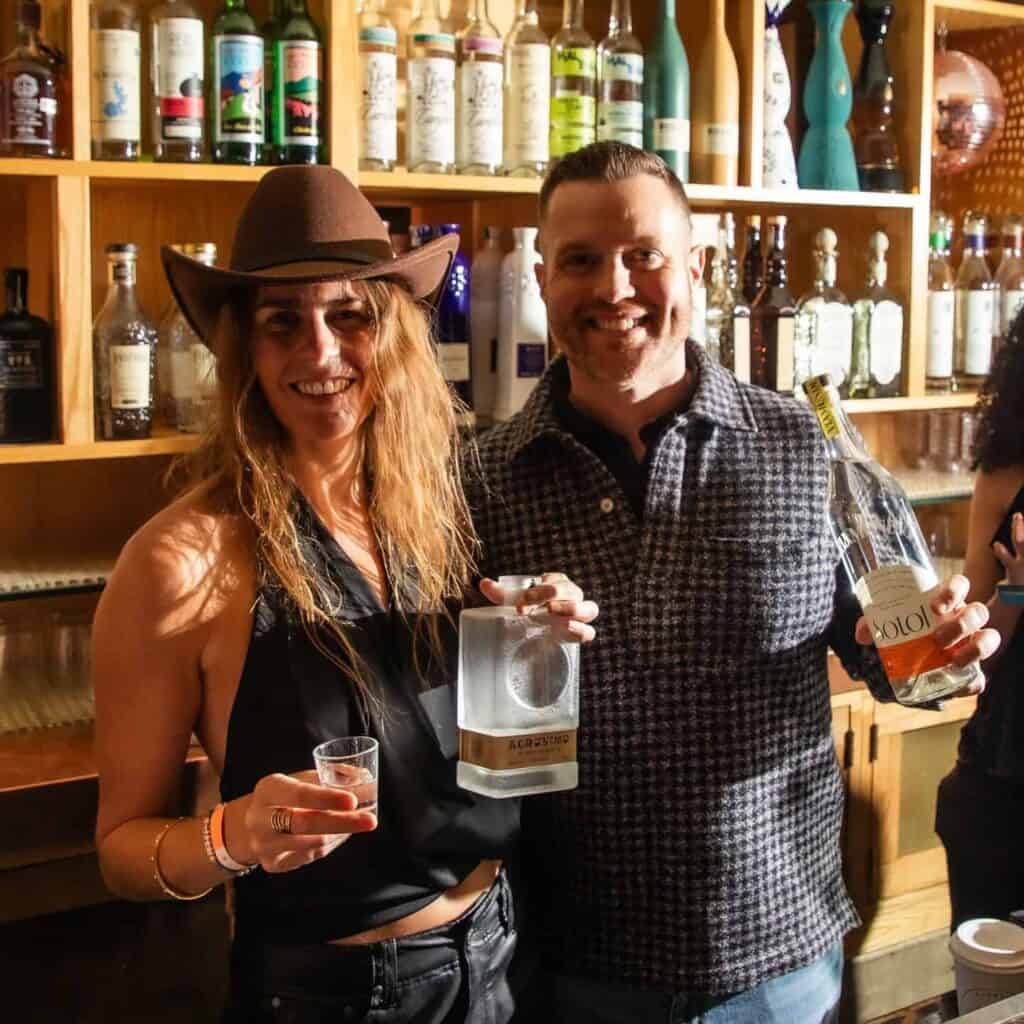
Though sotol is distilled from a different plant, dasylirion, it nonetheless has been part of the wider agave spirits market for the last decade or so, with a growing number of brands and increased market presence in recent years. Research shows the international market reached just over 92 million dollars in 2024, with 13% growth projected over the next eight years. It seems that this growth has piqued the interest of entrepreneurs with a connection to producers, be it through family heritage, other existing relationships, or portfolios that can accommodate the addition of a sotol brand. Overwhelmingly, the message from all kinds of brand owners and representatives was in favor of categorical growth of sotol, with some wishful thinkers even asserting a sincere belief that sotol will “leap frog” or overtake artisanal mezcal sales in the international market. Bold ambitions for sure.
The event was organized and hosted by Jose Maria, the founder of Panorama Mezcal, who always has his finger on the pulse of what is happening in the world of craft Mexican spirits. The celebration united many of the most prominent sotol brands currently available outside of Mexico for a week of educational events, drink and food specials, dance parties, and the aforementioned distillation demonstration by Casa Lotos.
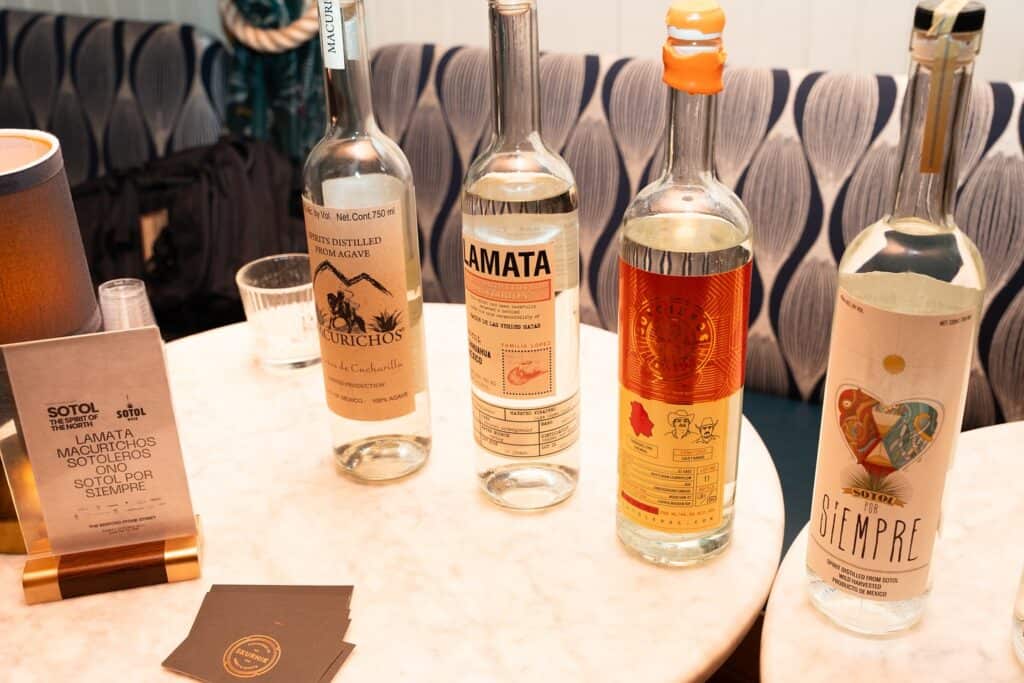
Casa Lotos is a relatively new player in the sotol market and clearly vying for a leadership role. With a clean and easy-to-sip flavor profile, sharp design and marketing, and ambition to invest heavily in key markets, they are laying a strong foundation in the world of easy drinking sotol. Their participation in Panorama’s Sotol Week reinforces their status as a brand that is making sotol accessible for all kinds of drinkers, and even as a stepping stone for wine and spirit aficionados that have not quite made the jump to artisanal mezcal.
There is an ongoing controversy about sotol and its status as a protected cultural product. Unlike the mezcal denomination of origin, the denomination of origin for sotol is not recognized by the United States, which has led to Texas producers labeling their product as “sotol.” One on hand, some argue that this is culturally and historically appropriate since Texas used to be part of Mexico. Others claim that this is erasure of Mexican heritage and an example of cultural appropriation driven by financial and business interests.

The panel discussion in particular represented the current state of sotol brands, although Lamata unfortunately had to cancel at the last minute. Lamata represents a strong connection to cultural heritage, and likely would have given voice to the concerns over cultural appropriation, environmental degradation, and sustainability, including the basic physical and cultural needs of producing communities. I can’t help but wonder if the discussion would have been a bit more diverse had a representative from Lamata been present. Even so, everyone–from the proud owner of a Texas spirit made from dasylirion to the young owner of an estate sotol made where her family has lived for generations– seemed in favor of collaborating in the spirit of “a rising tide floats all boats.” People were focused on celebrating commonalities, educating consumers and bartenders, and increasing sales, rather than getting stuck in what many view as “petty drama” over geo-politics, borders, and cultural appropriation.
New York is a proud and educated market, and some audience members pushed back, wondering where the consumers who value Mexican heritage fit into this new outlook on sotol. It was a healthy discussion, if a bit one-sided, and shows how quickly the culture of sotol has been turned into a business first and foremost.
As a whole, Sotol Week was a success, providing industry members and interested consumers a peek behind the curtain of the state of sotol and introducing brands that are new to most. It introduced the brands and their key representatives to the New York agave community, which is always thirsty for knowledge, never afraid of a good discussion, and knows how to have a few drinks and dance the night away. Perhaps most importantly, it embodied the values at the core of Panorama Mezcal events–it brought the community of Mexican spirits enthusiasts together.

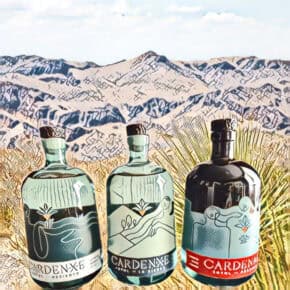
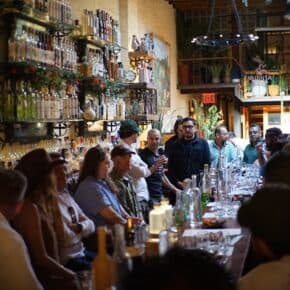


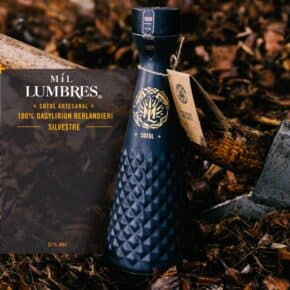
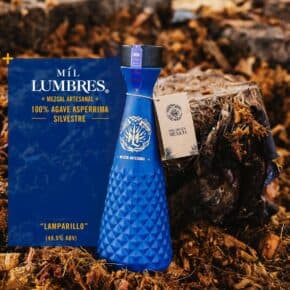
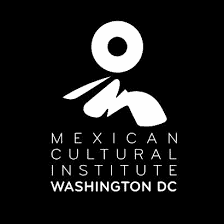
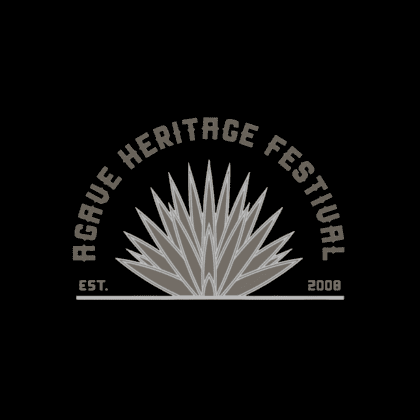



Leave a Comment